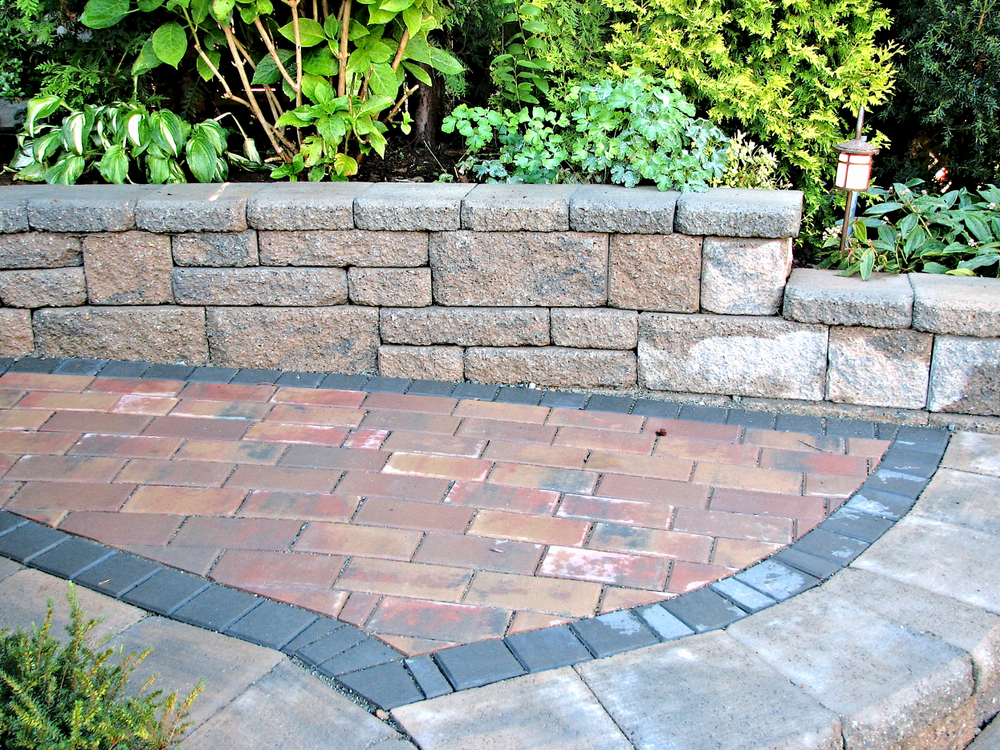

In the realm of landscape design and architecture, retaining walls stand as both functional structures and aesthetic elements that can significantly enhance the beauty and stability of outdoor spaces. These walls are not merely barriers; they serve a crucial role in managing soil erosion, creating terraced landscapes, and providing structural support to uneven terrain. Whether you’re dealing with a sloped yard or looking to add dimension to your garden, retaining walls offer a versatile solution that blends practicality with visual appeal.
Enhancing Structural Integrity
One of the primary benefits of installing a retaining wall is its ability to enhance the structural integrity of your landscape. Especially in areas prone to erosion or soil shifting, retaining walls help stabilize the soil and prevent landslides or collapses. By holding back soil on slopes, these walls reduce the risk of damage to your property and ensure the longevity of your outdoor spaces.
Retaining walls are engineered to withstand the pressure exerted by soil, redistributing the force to create a stable environment. This structural reinforcement is particularly valuable for properties situated on hillsides or in regions with uneven terrain. Beyond functionality, retaining walls can be customized to complement the existing architecture and design of your home, seamlessly integrating into the overall aesthetic.
Creating Usable Space
Another significant advantage of retaining walls is their capacity to create usable space in otherwise challenging landscapes. By leveling off steep slopes, these walls transform unusable terrain into terraced areas that can be utilized for gardens, seating areas, or pathways. This not only maximizes the potential of your outdoor environment but also enhances accessibility and usability.
Terraced retaining walls can be designed in various heights and configurations to accommodate different uses and preferences. From small garden beds to expansive outdoor living areas, the versatility of retaining walls allows homeowners to tailor their landscapes to suit their specific needs. This adaptive feature makes retaining walls an invaluable addition for those looking to make the most of their outdoor living spaces.
Managing Water Runoff and Drainage
Effective water management is another critical benefit of retaining walls. By controlling water runoff and drainage, these structures help prevent soil erosion and flooding, particularly during heavy rainfall or snowmelt periods. Retaining walls can be equipped with drainage systems that channel water away from vulnerable areas, maintaining the stability of the soil and preserving the integrity of the landscape.
Proper drainage design ensures that excess water does not accumulate behind the retaining wall, which could otherwise compromise its structural integrity over time. This proactive approach to water management not only protects your property from potential damage but also promotes the health and longevity of plants and vegetation within your landscape.
Adding Visual Appeal
Beyond their functional benefits, retaining walls contribute significantly to the visual appeal of outdoor spaces. These structures can be constructed using a variety of materials, including natural stone, concrete blocks, timber, or brick, offering endless design possibilities. Whether you prefer a rustic, natural look or a modern, sleek aesthetic, retaining walls can be customized to enhance the overall beauty of your landscape.
The texture, color, and pattern of the materials used can complement existing features of your home and garden, creating a cohesive and harmonious outdoor environment. Retaining walls also serve as focal points or borders within your landscape design, defining spaces and adding depth and dimension to flat or monotonous areas.
Long-Term Durability and Low Maintenance
When properly constructed, retaining walls are durable structures that require minimal maintenance over time. High-quality materials and professional installation ensure that these walls can withstand the elements and maintain their functionality and appearance for years to come. Routine inspection and occasional cleaning are typically all that’s needed to keep retaining walls in optimal condition.
For homeowners concerned about upkeep, choosing low-maintenance materials or incorporating built-in features such as drainage systems can further reduce the need for ongoing maintenance. This long-term durability makes retaining walls a cost-effective investment that adds value to your property while enhancing its curb appeal and functionality.
Conclusion
Retaining walls offer a myriad of benefits that go beyond mere landscaping. From stabilizing slopes and managing water runoff to creating usable space and enhancing visual appeal, these structures play a crucial role in transforming outdoor environments into functional and beautiful spaces. Whether you’re looking to address soil erosion, add dimension to your garden, or create terraced living areas, retaining walls provide a versatile solution that blends practicality with aesthetic value. By investing in retaining walls, homeowners can enjoy enhanced stability, usability, and beauty in their landscapes for years to come.
Need Site Work in Dalton, GA?
Established in 2021, Grade-1 Underground is your number-one go-to company for your underground pipe needs. From Water mains to sewer lines, we have you covered. Our team also provides site work such as excavation, grading, land clearing, and much more! For any questions, please give us a call today!
